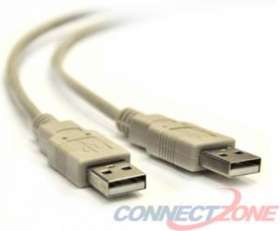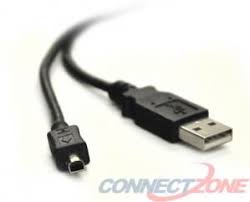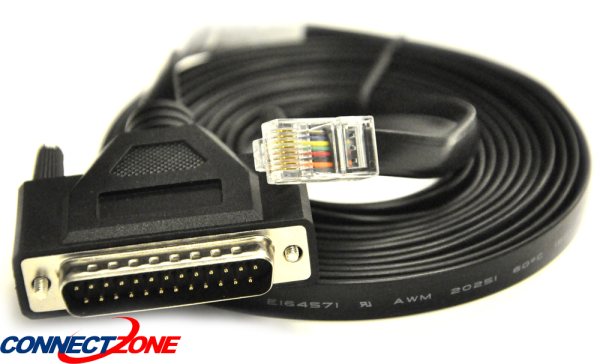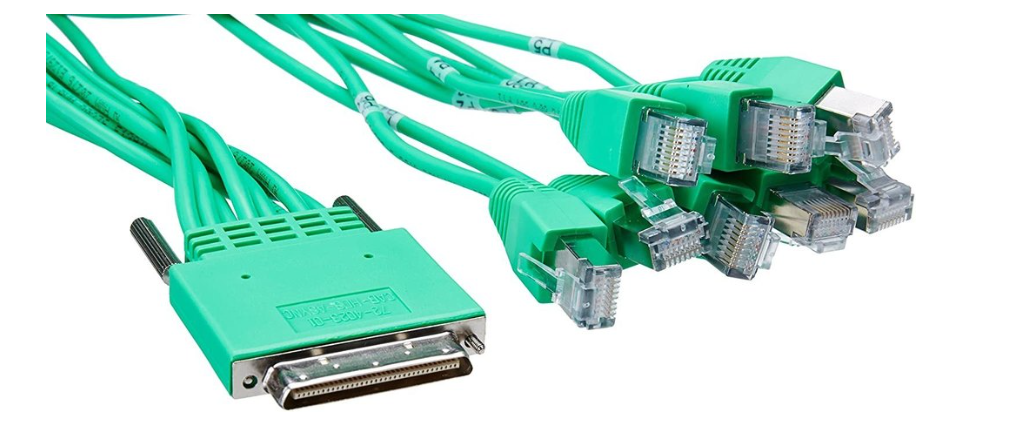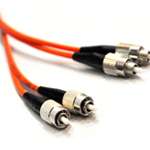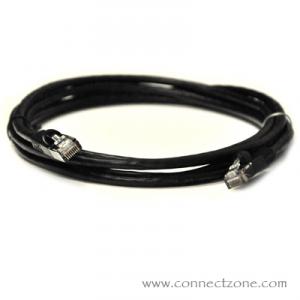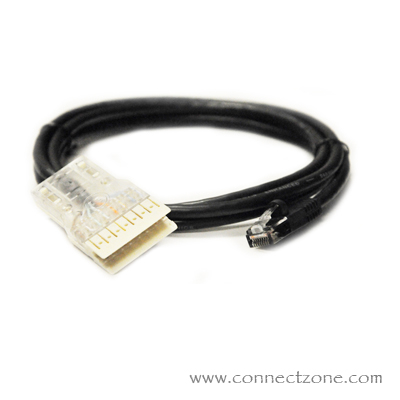We use cookies to make your experience better. Read more
- Read more
In clear words, Type C is a connector, and USB 3.1 is a standard. These two specs will become dominant for a while, but looking at everything that has already been released, it won't be long until this one cable is fully adopted for all types of cable work and file transfer.
- Read more
USB or Universal Serial Bus has been developed so that links can be made by a single type of port and cable for many kinds of appliances. Its initial aim was data exchange. Today, in addition to sharing data, USB wires can also deliver energy.
- Universal Serial Bus (USB) was developed in the 1990s in a bid to simplify the relations between computers and peripheral devices. It has come to be popular because of its compatibility with several platforms and operating systems, its reduced cost of implementation, and its simplicity of usage. Most machines that are constructed now come with different USB interfaces and USB is the port of choice for many homes and workplace peripherals such as cameras, printers, modems, and mobile storage devices. USB criteria are developed and preserved by an industry body known as the USB Implementers Forum (USB-IF). In its first specification, USB cable described just two connector types: A and B. Revisions to the specification and needs on producers have expanded the width of connectors utilized for USB devices, but the vast majority of USB products use this B and A connector ports. USB is supposedly universal. However, there are many diverse kinds.Read more


